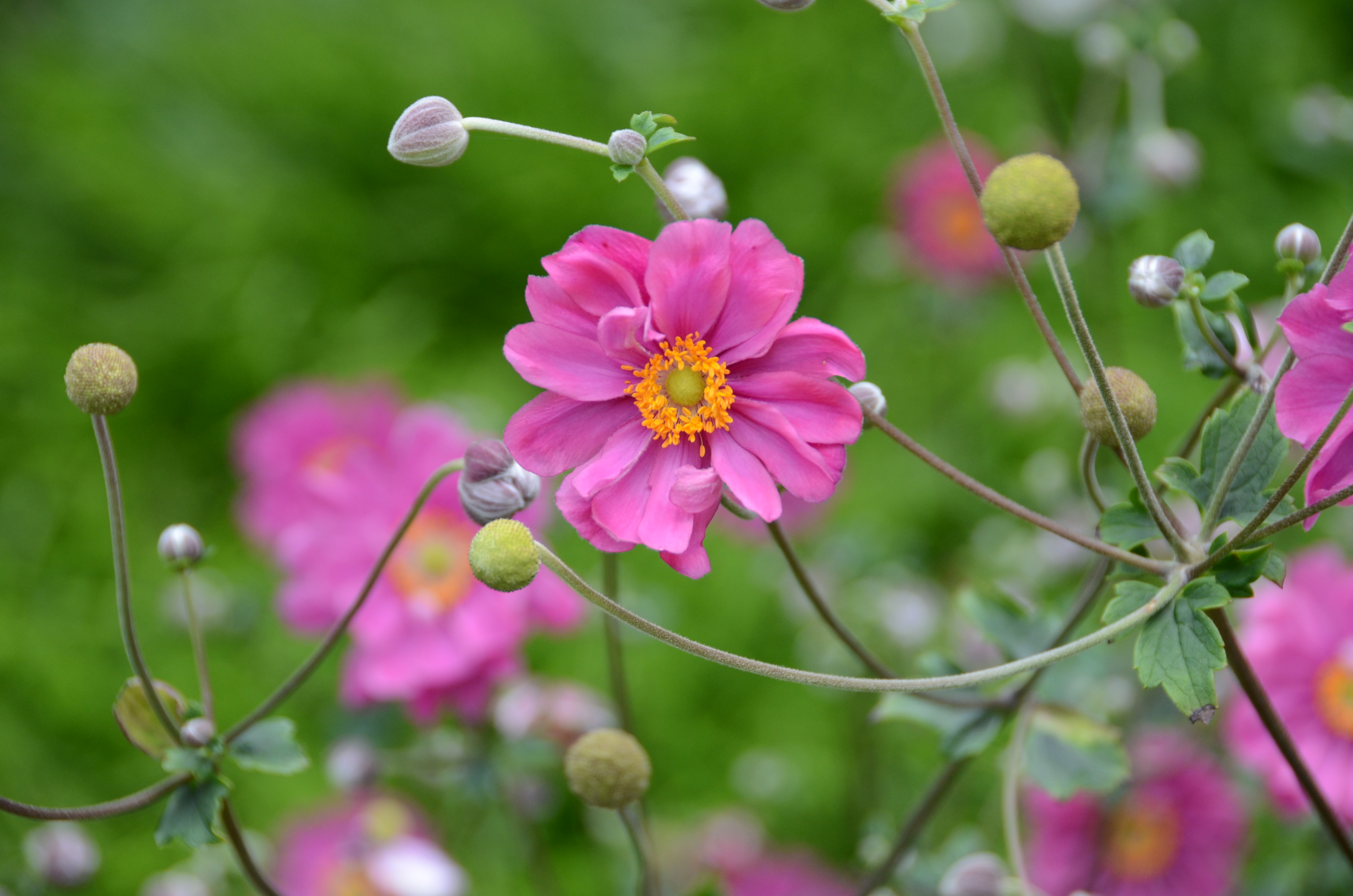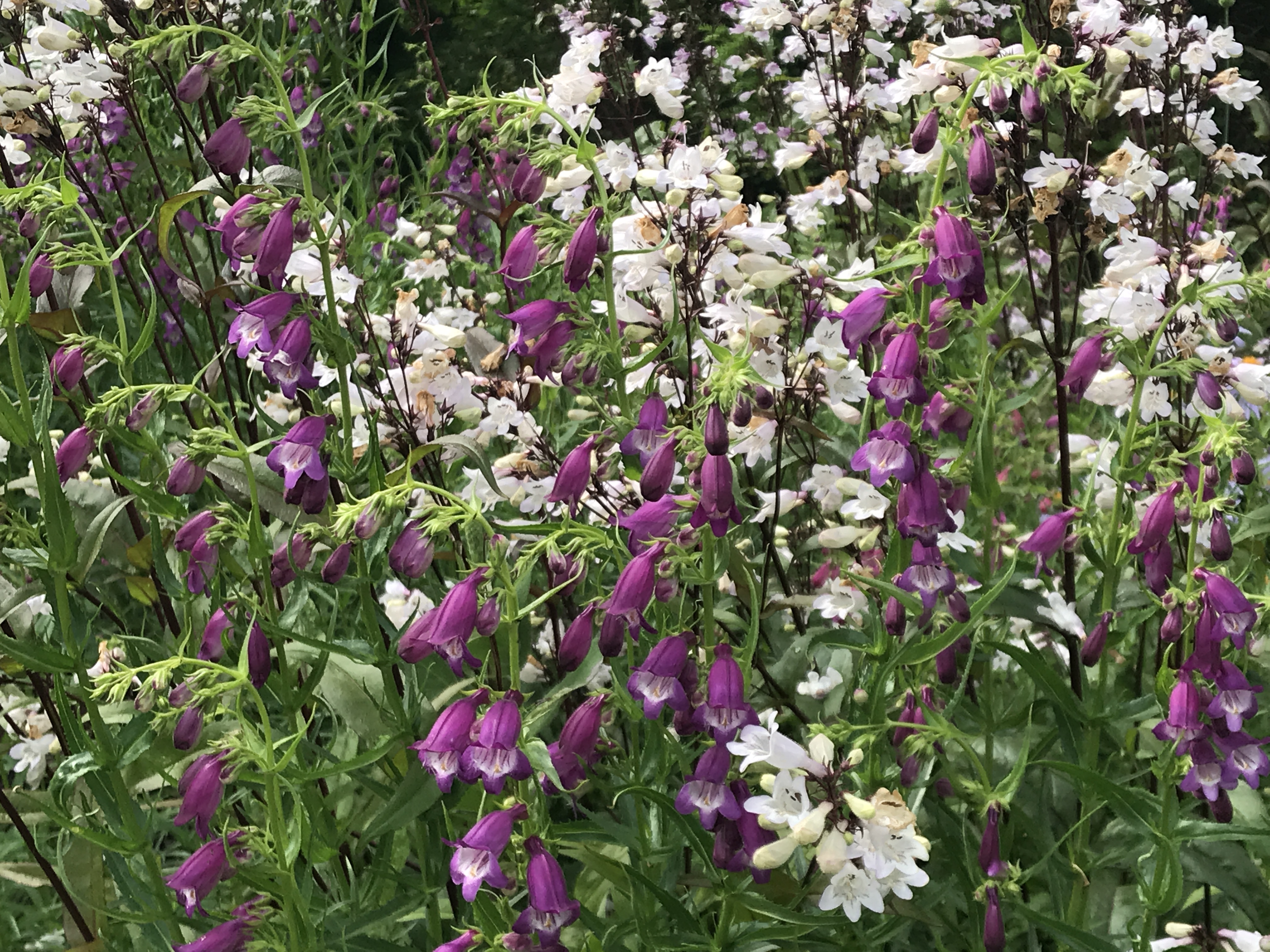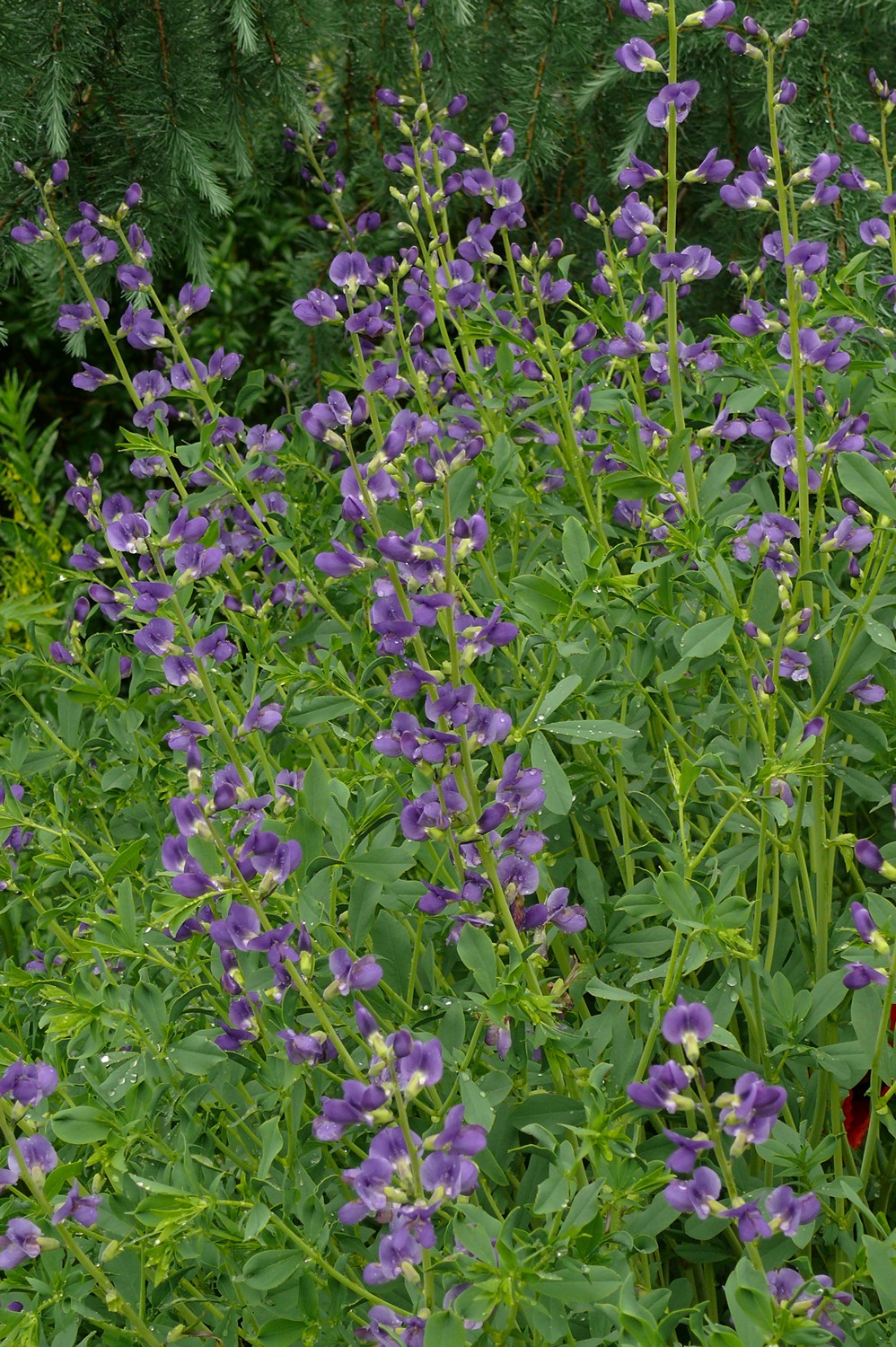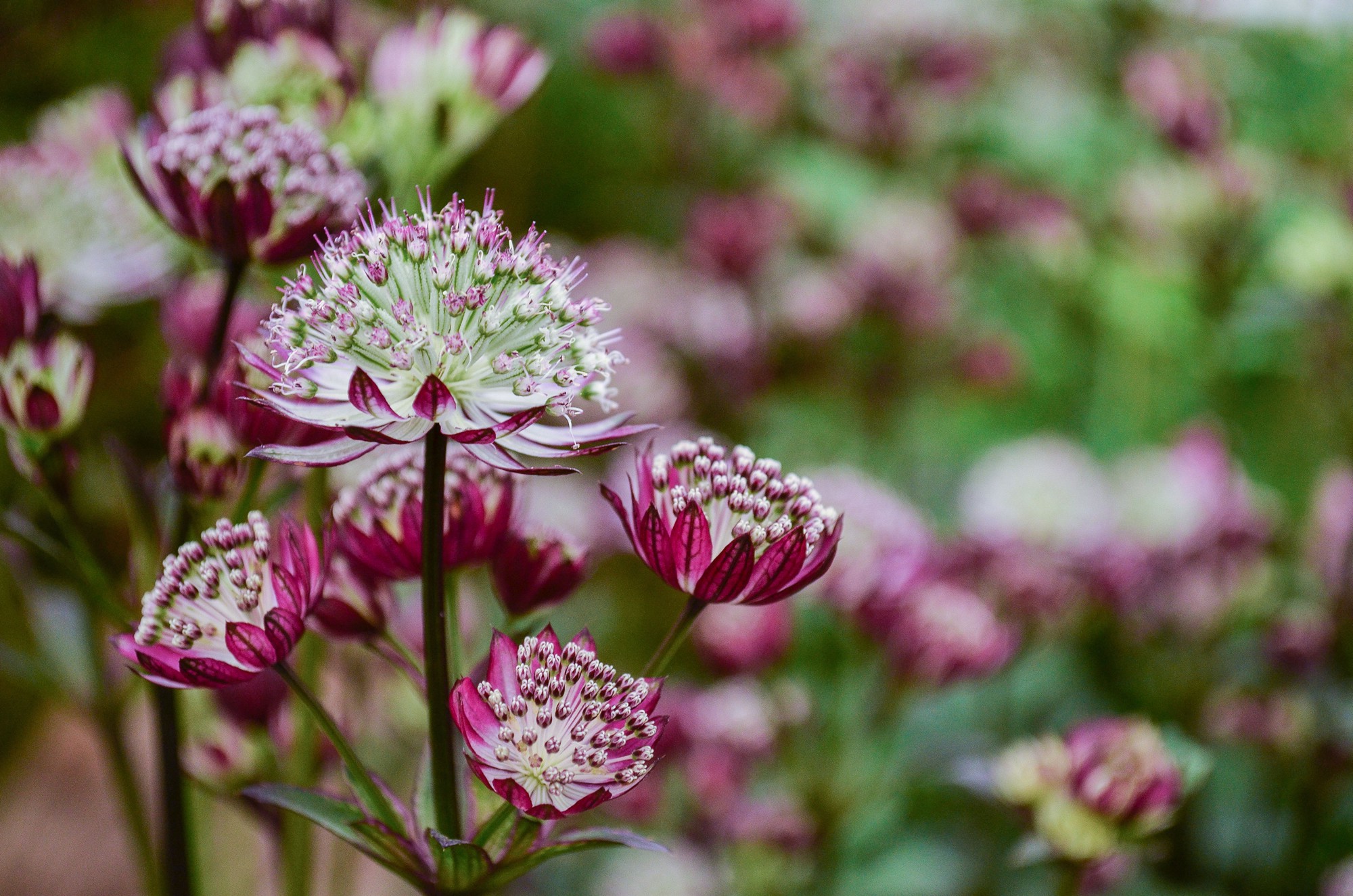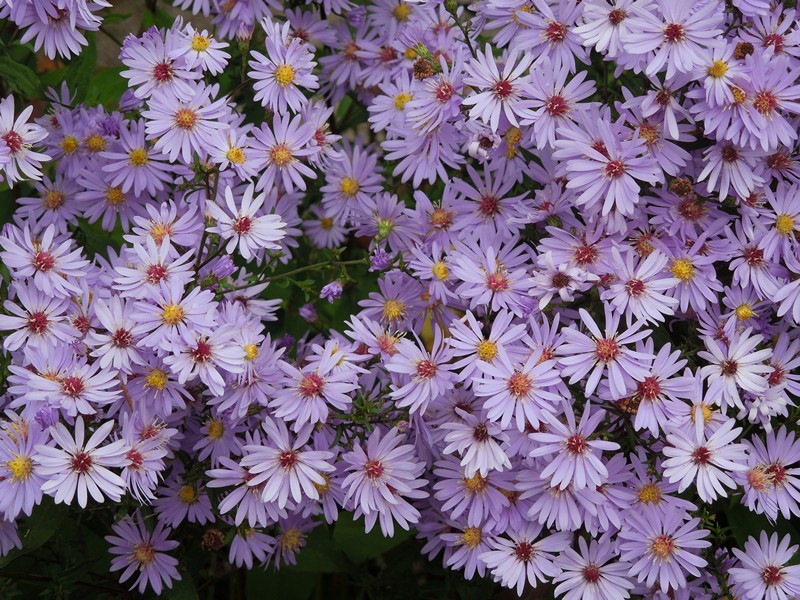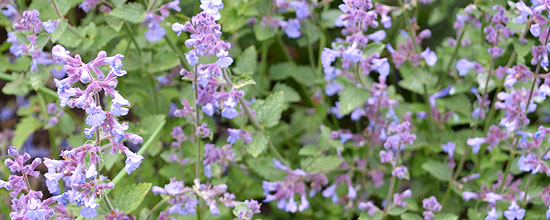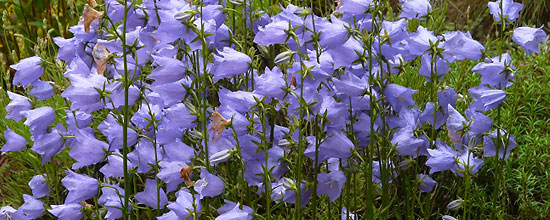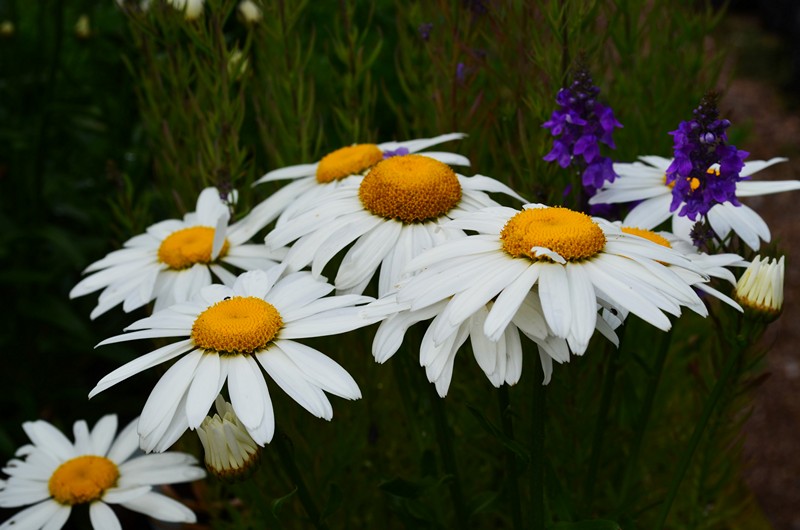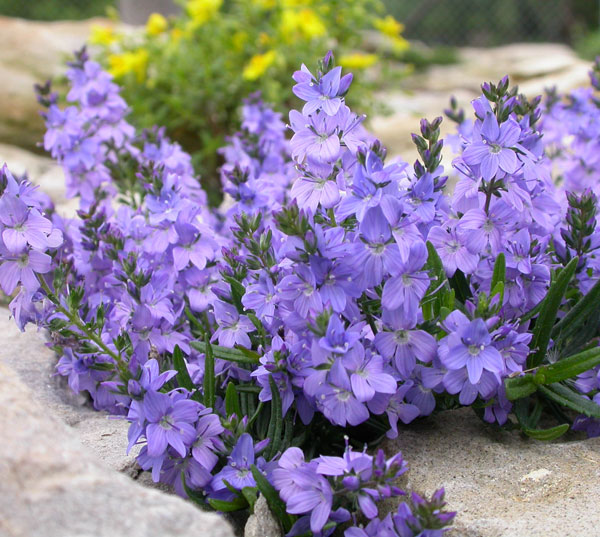Although popular with our grandmothers phlox come almost from the same areas, in our gardens, they managed to penetrate until much later. It still belongs to the less well-known and somewhat neglected trvalkám - and I must say, they wrongfully.
Rod I Helenice - záplevák, includes about 30 species, all originated in North America. The starting point for crossing the Helenium autumnale, which provided the basis for developing many garden varieties, often quite different from the original species, with which we can now be seen perhaps only in botanical gardens. Other perennial species worth mentioning for culture also H. bigelovii with yellow flowers and dark targets and H. hoopesii, which has a target and rays yellow garb (Both are representatives of lower species, They grow up to a height 60-80 cm).
The first garden hybrids were rather higher, with smaller flowers yellow, later reddish brown and orange colors. Subsequently incurred variety of drawing on slices and multicolor – s koncentrickými, more or less circumscribed circles on the inflorescence. The current product range includes dozens of varieties of different heights (from 60 do 150 cm) in a wide range of colors, which in addition to growth also differ flowering date, sizes garb, arrangement and shape of petals and color combinations petals and the central targets. Nice are mainly yellow-flowering varieties with brown target (e.g. 'Blütentisch','Golrausch' nebo 'Wesergold'), Red varieties are always dark target ('Moerheim Beauty','Rubinzwerg, 'Bruno' i novější ','Flammendes Kätchen' a 'Indianersommer',), žluto-žluté odrůdy zastupují například 'Sonnenwunder' nebo 'Kugelsonne'. Z oblíbených dvoubarevných odrůd vynikají červeně žíhané 'Feuersiegel' a 'Flammenrad', mezi nejlepší kultivary s koncentrickými pruhy patří 'Biedermeier', 'Königstiger' a nejnovější 'Margot'.
Zápleváky classic mixed perennial flower beds, that the others, We more popular plants in no way lag behind. Their interesting outfits bloom on the plant almost simultaneously and are crowded in large dense bouquets. Suitable for combination with clematis (phlox), zavinutkami (Monarda), Turany (Erigeron), goldenrod (Solidago) and other garden plants. The main flowering period is in August, When prevail yellow flowering perennials and planting zápleváky can deliver the welcome warm shades of red to bronze. In addition to using the furrows, where blooming species and variety of relatively long (from late June to September), is excellently suitable also for cutting – in weight last 6 when 7 days, sometimes longer.
Na treatment They are challenging. Apart from regular watering during the growing season requires relatively little interference. When will you work with removing old flowers, You can extend the period of flowering plants and in beds look more attractive. The shape of the clump is interesting even after flowering, in warmer areas but sometimes in the autumn sets seed, Therefore it is better to remove the flowers after flowering. Require a sunny habitat, well-prepared soil with plenty of nutrients during the vegetation enough water.
Diseases and Pests not many, probably the biggest risk is the viral zelenokvětost. You can not treat a viral zelenokvětost – It appears in particular some yellow flowering varieties and from infected plants it aphids transferred to other plants. If you discover such plants, Therefore, it is really better to get rid of them.
In horticultural practice comes into consideration so far only vegetative propagation. The only way to ensure the transfer of the properties from the parent plant varieties. Exceptions are original pure botanical species and now also the first seeded varieties, that reproduce generative.
When ye make many only for their own needs and have a sufficient number of plants, always sufficient plants during transplanting split. We transplanted and divided every 5-6 let, every spring (Autumn multiplication can afford only the hottest positions, because the young plants until the onset of winter and often nepřekoření vymrzají. Some varieties remain on the site longer, But the middle of a clump of plants die and somewhat lagging in flowering. More frequent cutting and transplanting should also therefore, zápleváky that among the perennials used in intensive plantations záhonových, in which the faster exhaust.
ve velkovýrobě, or if necessary a larger number of plants than is obtainable by dividing, It is most commonly used to separate individual shoots and roots of spring, preferably in March. In the case předjarního multiplication is advisable to store nahrnkované plants in areas bezmrazých. Perfect for this type of propagation are three years in plants.
Since the spring gardens is always a lot of work, if necessary, We term multiplication shift – zápleváky can reproduce until end of May. some varieties (especially early) They are in this period of high, but very tolerant zakrácení oddělků a few weeks a good image. We proceed as in the case of spring multiplication, But after nahrnkování shoots zakrátíme per second to third leaf. The plants then gets nevadnou a very good picture and branches, But we must face the fact, It blooms only sporadically and pretty tufts will see in the next year.
The article was published on the website of the Association Czech perenářů courtesy magazine Zahrádkář.





